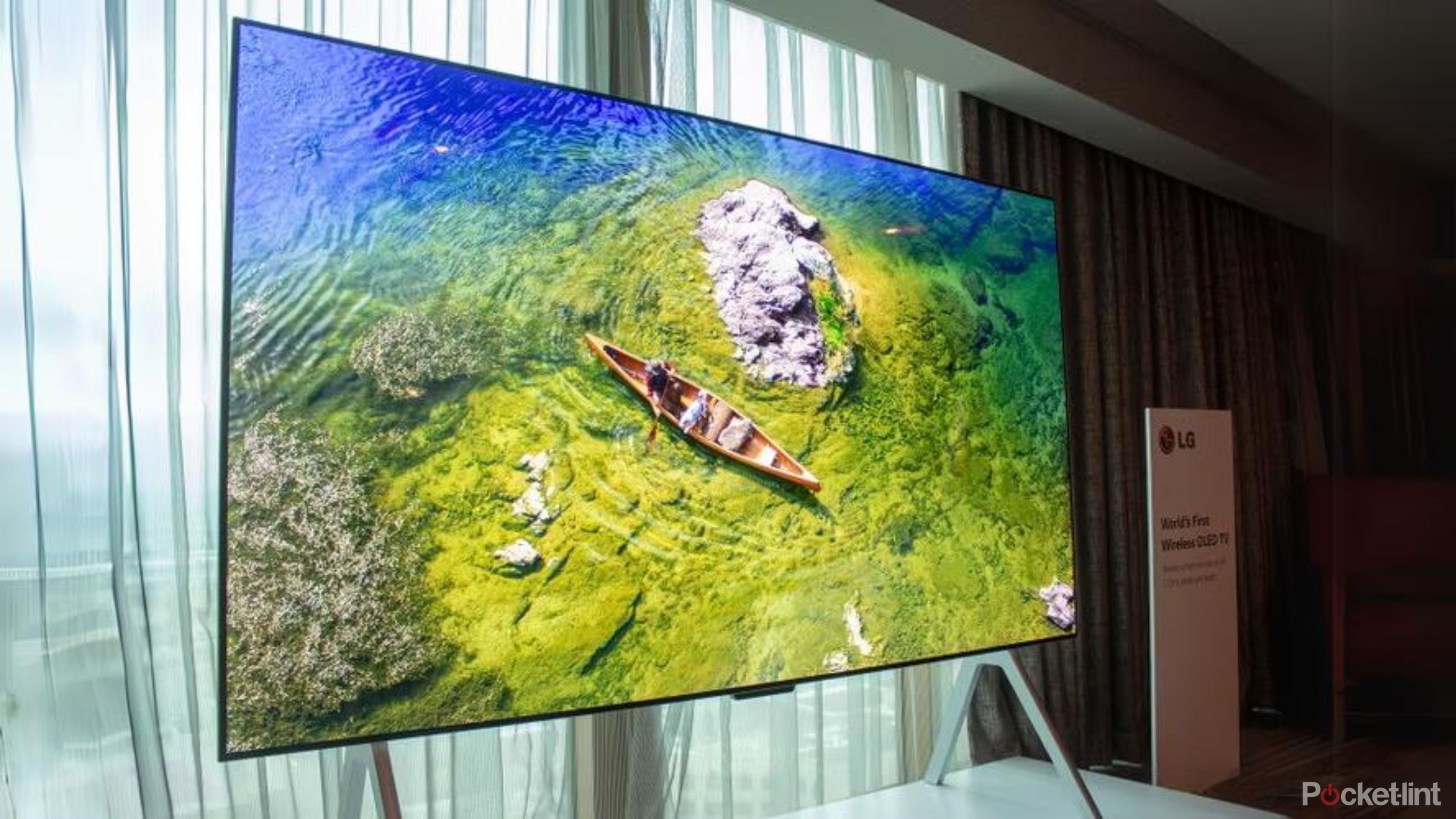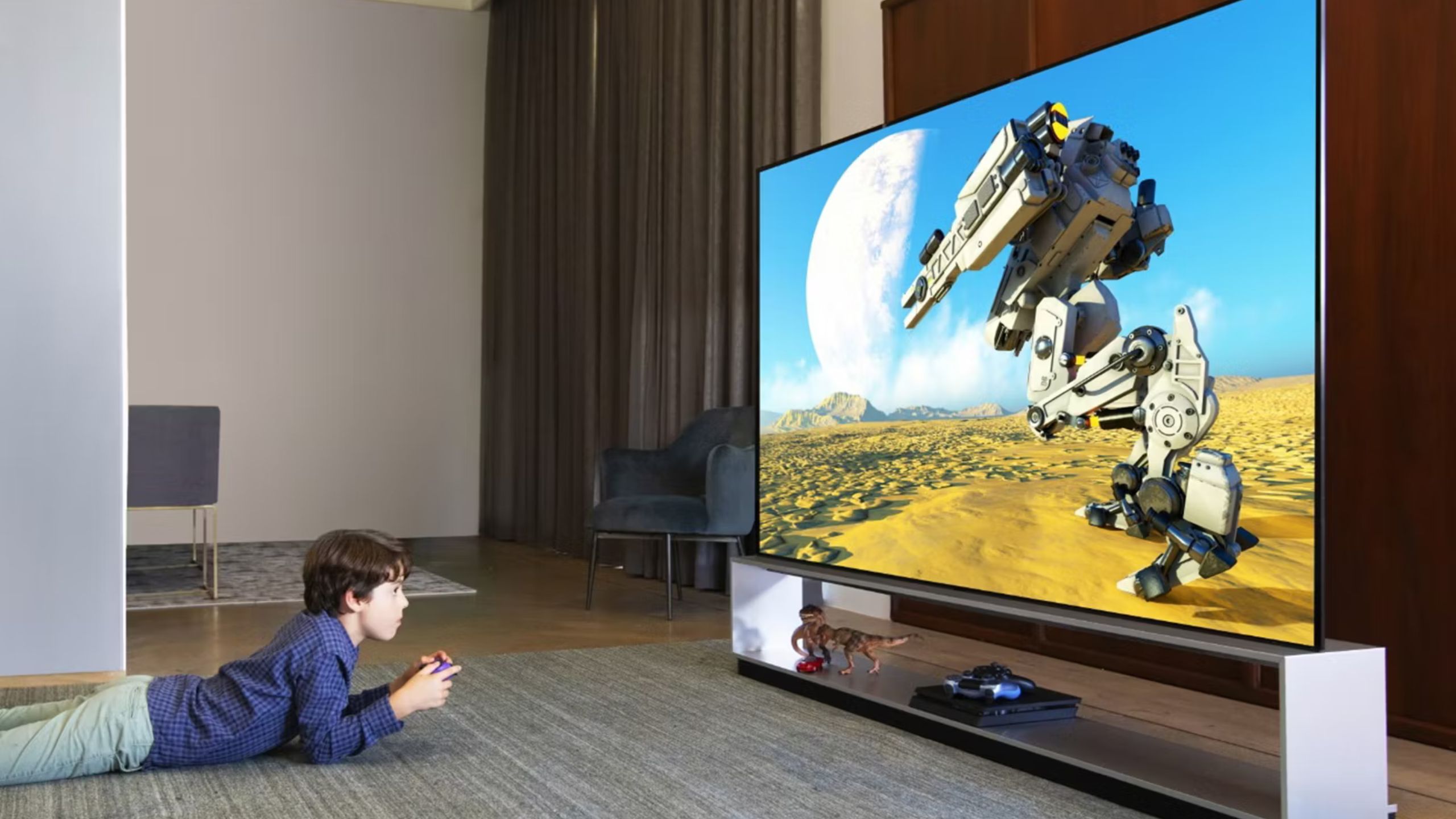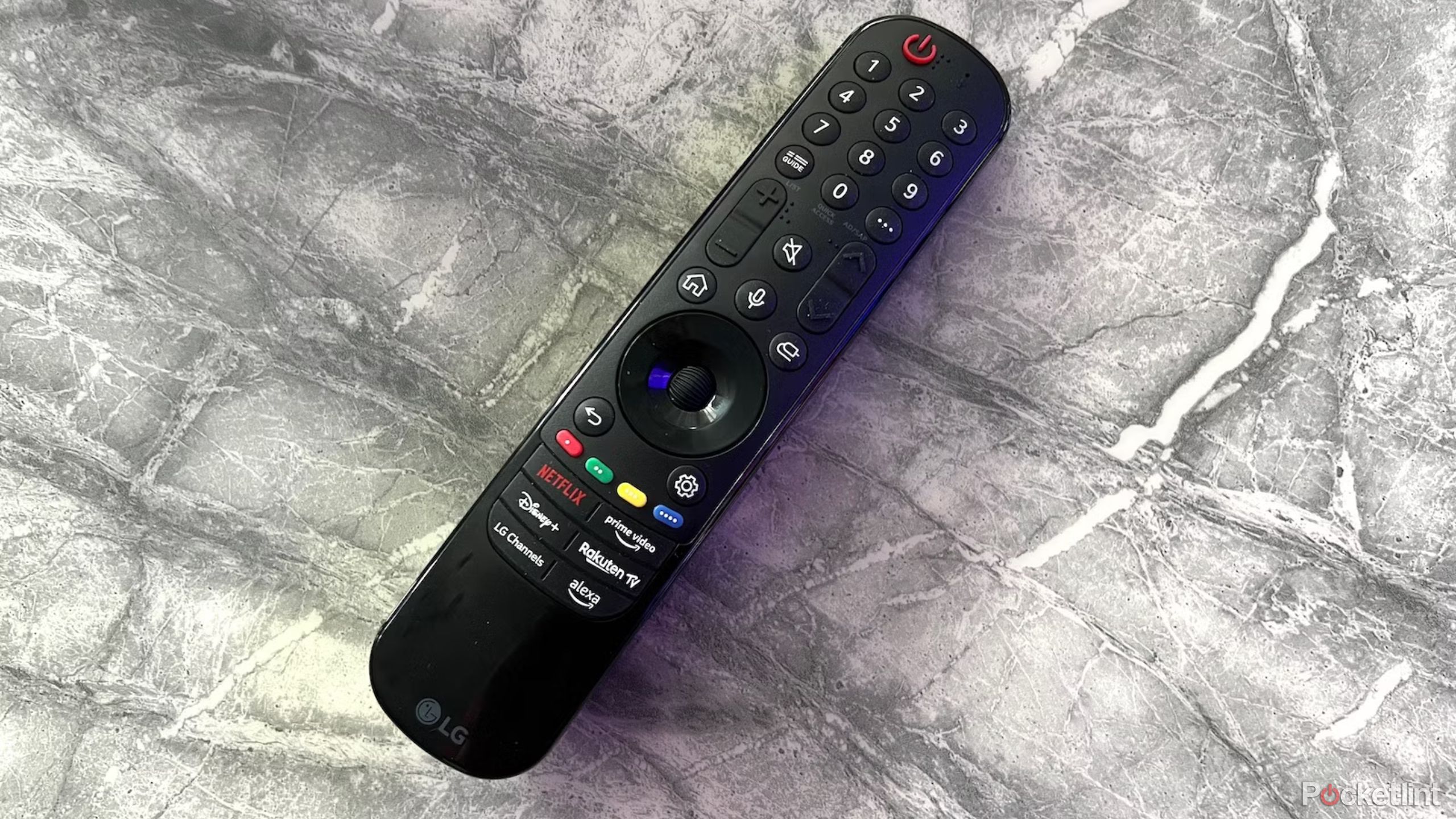Key Takeaways
- LG’s OLED TVs excel in contrast, making them ideal for dark and detailed content often seen in prestige films and TV shows.
- LG’s TVs boast Dolby Atmos and Dolby Vision, providing a cinematic viewing experience with rich colors and spatial sound.
- LG Smart TVs cater to gamers with features like low response rates and variable refresh rate support for seamless online play.
For years, LG stood alone atop the Smart TV market as the leader in OLED TVs. While it wasn’t the first or the only company providing consumers with this innovative panel technology, it was the one who championed and refined it. LG made sure the contrast on its TV was unparalleled and best suited for the modern home cinematic experience.
OLED TVs were so impressive and popular that the other titans of industry, Samsung and Sony, had no choice but to embrace this technology and sell it alongside their heralded LED TVs. As those two companies have leveled up, it’s worth looking at where LG is now, as it has also looked at competitors for inspiration.
So how does LG stack up against fellow South Korean tech leader Samsung, a company that was insistent it wouldn’t make OLED TVs? Until it did. It’s still a close race, but here are the key reasons why LG might be a better TV for your lifestyle.
5 reasons to buy a Sony TV over a Samsung TV
I used to strictly be a Samsung cinephile, but Sony’s latest innovations may have just swayed me.
OLED TVs are still the best for contrast
LG is the OG
OLED TVs are embraced because of their ability to achieve the best contrast on screen. As each pixel is individually lit and can be individually shut down, the screen can achieve true black. The local dimming of LED TVs, however mini or micro the zones are now, may be impressive, but they simply can’t get to the same level as OLED TVs.
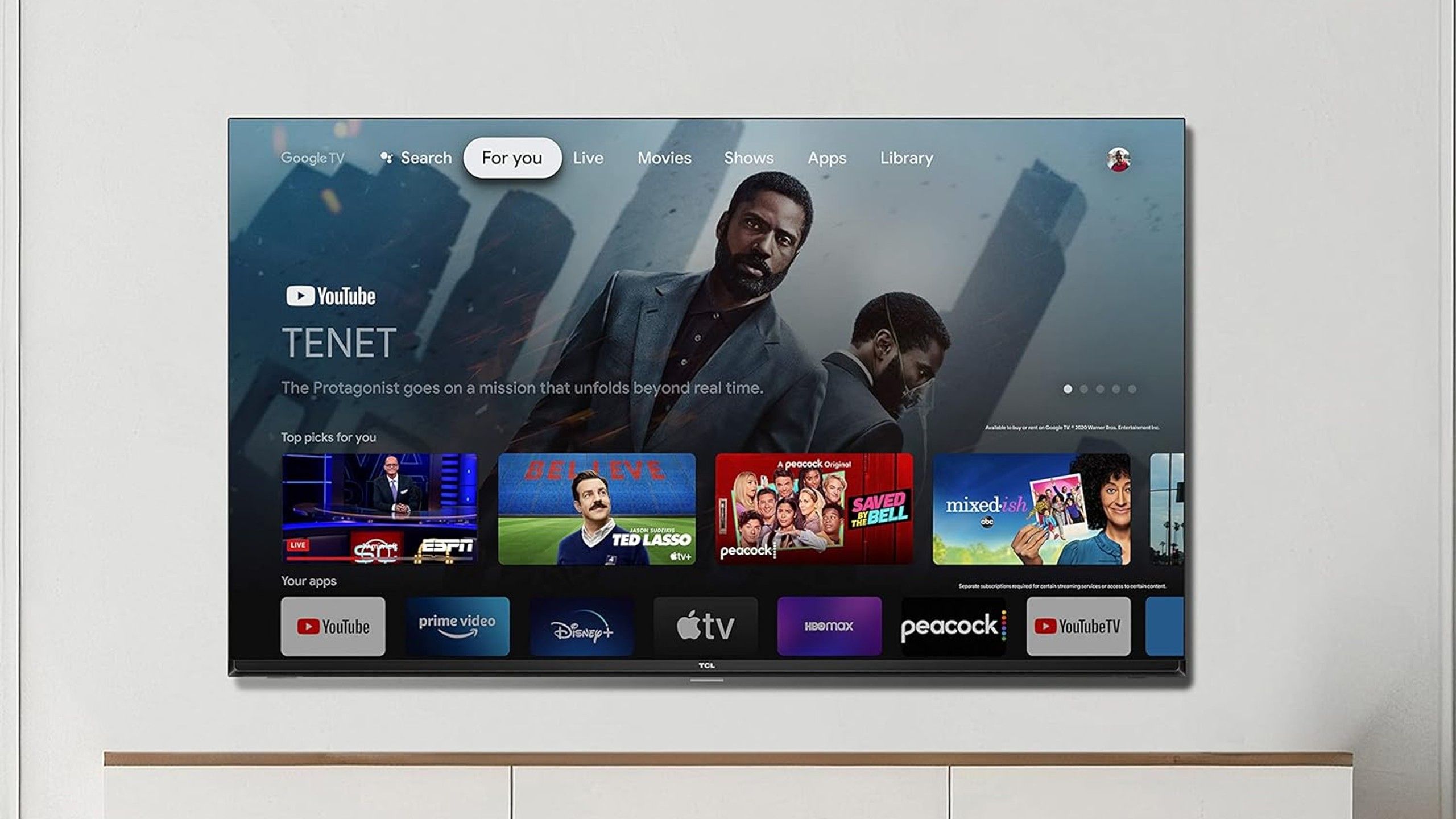
5 reasons to buy a TCL TV over an LG TV
TCL TVs offer more features than just affordable prices and retail convenience. There is plenty of variety to cater to your viewing habits.
Which means, for any consumers who are particularly invested in prestige film and TV, especially those put out by streaming services, OLED TVs are the way to go. For a variety of reasons, content is increasingly dark, as in literally dark and hard to see. This trend is in no way slowing down, with technological advances allowing filmmakers to capture more detail in the darkness, so viewers at home need a TV that can hold up.
LG embraces a true cinematic experience
Recreate a theater at home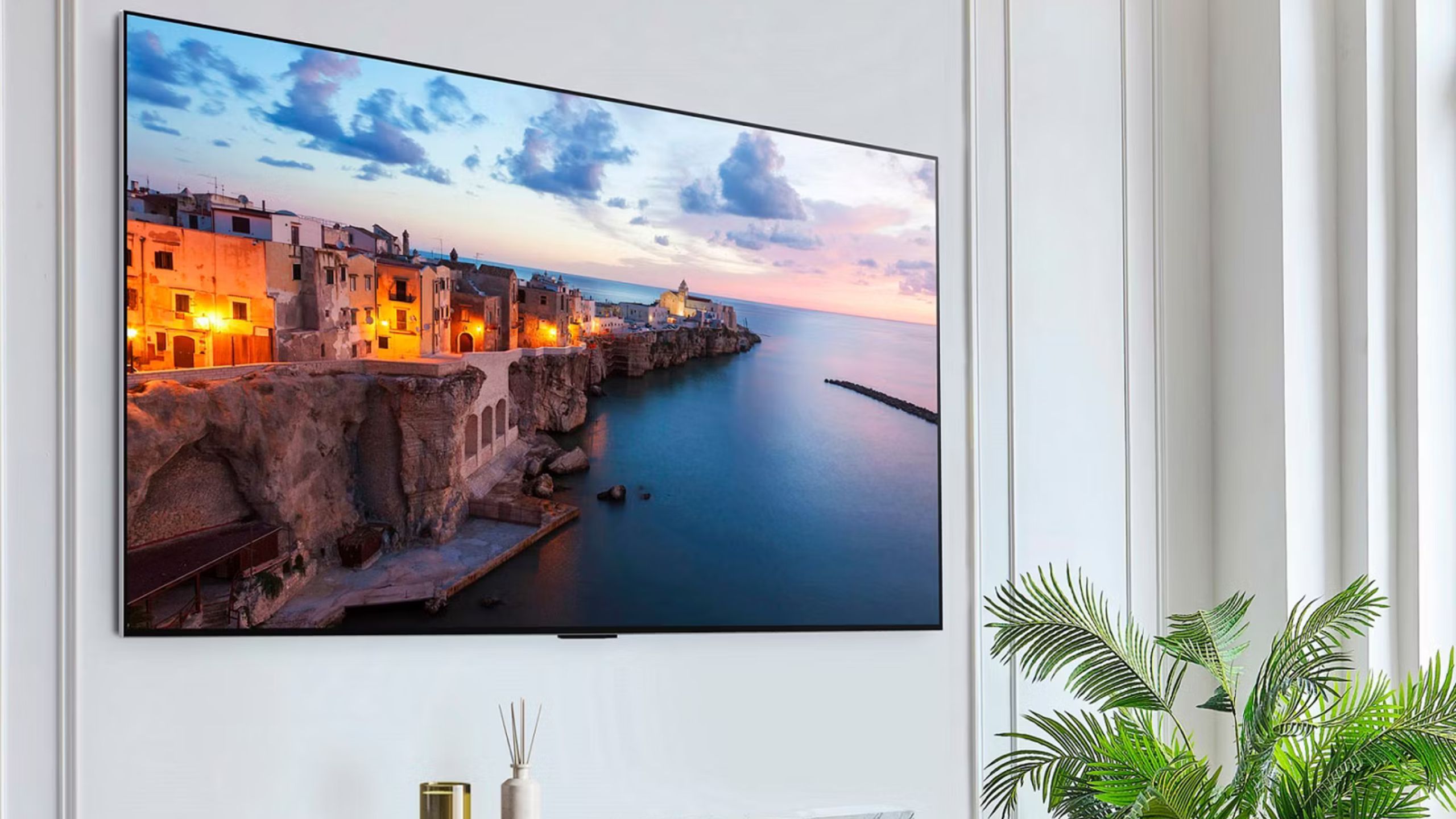
LG boasts a series of features making its TVs better suited to those who want a more faithful viewing. Whether you call yourself a film buff, snob, or simply a connoisseur, LG’s embrace of authenticity brings a more intimate and immersive experience.

What is Immersive Audio Model and Formats? How Samsung’s 3D audio differs from Dolby Atmos
Samsung and Google’s joint effort to create an open-source standard of 3D spatial audio, hope to usher in an advanced home audio era.
Notably, most LG TVs include Dolby Atmos and Dolby Vision, proprietary technologies that elevate the viewing experience by making colors brighter, blacks deeper, and sounds more spatial. The latter in particular is a major edge over Samsung, which refuses to pay Dolby for the service, instead opting for HDR10+ as its video format. Though both are dynamic, adapting frame-by-frame to what’s on-screen, Dolby Vision offers a bigger color palette and higher brightness.
Pair Filmmaker Mode with LG’s OLED panels, and you’ve got the best chance to embrace the cinema at home.
With many of the top streaming services offering compatibility with Dolby, including Disney+, Apple TV +, and Netflix, I’m inclined to take advantage of the feature in order to watch the best version of quality content.
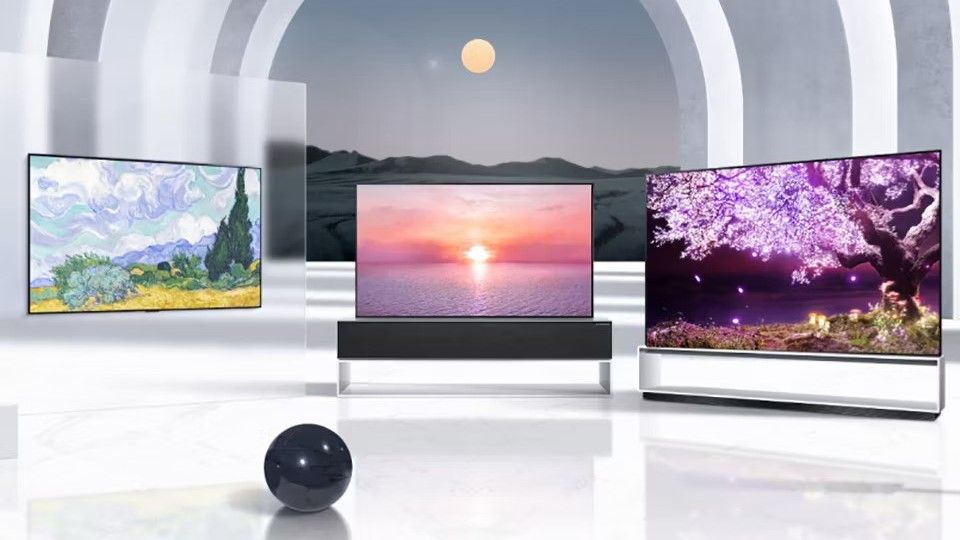
OLED vs QD-OLED vs Mini LED vs MicroLED: Different TV techs explained
TV jargon and acronyms can be confusing, but each has their own unique viewing benefits. We break them down.
Some LG Smart TVs also include Filmmaker Mode, which is designed to support an authentic recreation of the director’s vision, undoing problems that can occur with motion and color. While Samsung offers TVs with this as well, pair Filmmaker Mode with LG’s OLED panels, and you’ve got the best chance to embrace the cinema at home.
LG is better for gaming
These TVs are ready for the open world
LG
LG boasts a range of features designed to appeal to more serious gamers, particularly those who enjoy vast online worlds. The best LG TVs claim a response rate of less than 1ms and a refresh rate of 144Hz, specs that are near or at the highest standard possible at the moment. Both of these markers are ideal for anyone playing connected games like Call of Duty or Fortnite, where every second (and millisecond) counts, and any amount of lag can prove the difference between winning and losing.
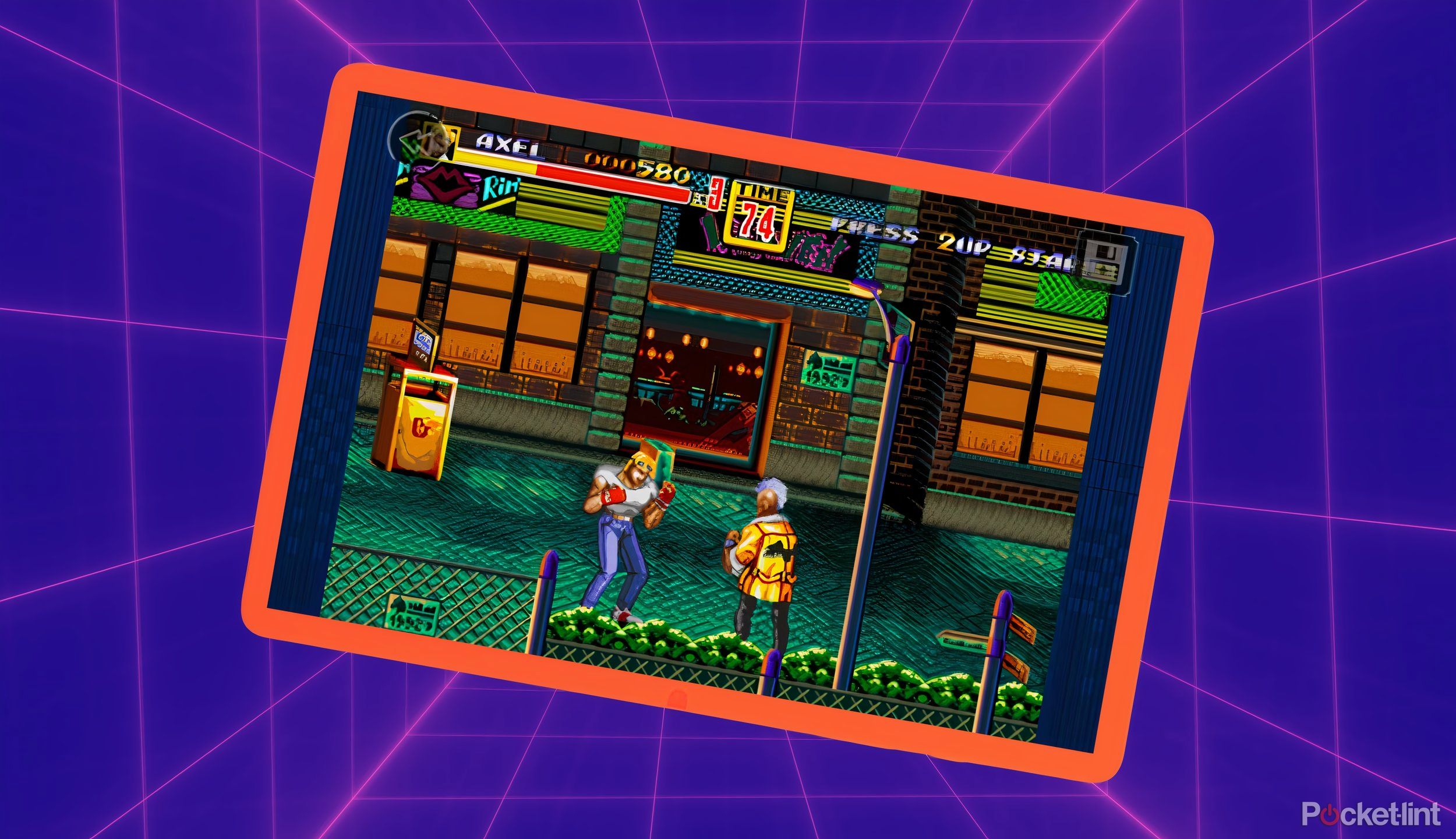
How to turn your Android tablet into a retro gaming console
Play Nintendo, Sega, and Playstation games on your Android tablet with these easy steps. No console required.
Gaming formats such as Variable Refresh Rate (VRR) and Auto Low Latency Mode (ALLM), as well as features like AMD FreeSync and G-Sync Compatibility, all also work to reduce any potential lag or disruption to online gaming. Some TVs include up to HDMI 2.1 outputs to support high-end, 4K gaming.
LG offers more control and better integration
Helpful features speak to common user experiences
For those who feel comfortable talking to their TV, LG incorporates some curious features to make that experience convenient and helpful. To start, intelligent voice recognition adapts to the sound and cadence of your voice to help the TV receive commands.
Allows you to ask the TV a bunch of questions about what’s on the screen at the particular moment; mainly questions for those like me who get distracted by an outfit, familiar face, or scenic locale.
If and when I become someone who talks to the TV (it’s not a privacy thing for me, it just still feels odd), I would be very excited about a specific pair of LG features. One is hands-free voice control, which allows you to operate the TV by saying “Hi, LG,” and the main reason this is appealing is that I can never find the remote.
The other feature is “Who.Where.What?” It allows you to ask the TV a bunch of questions about what’s on the screen at the particular moment; mainly questions for those like me who get distracted by an outfit, familiar face, or scenic locale. When you recognize an actor from somewhere else, the TV can tell you where they’re from, so you don’t have to scroll through IMDB. It should be able to tell you where you can find what the characters are wearing and align with where the scene is filmed. I would argue that this is not part of any filmmaker’s vision, but it sure is convenient for consumers.
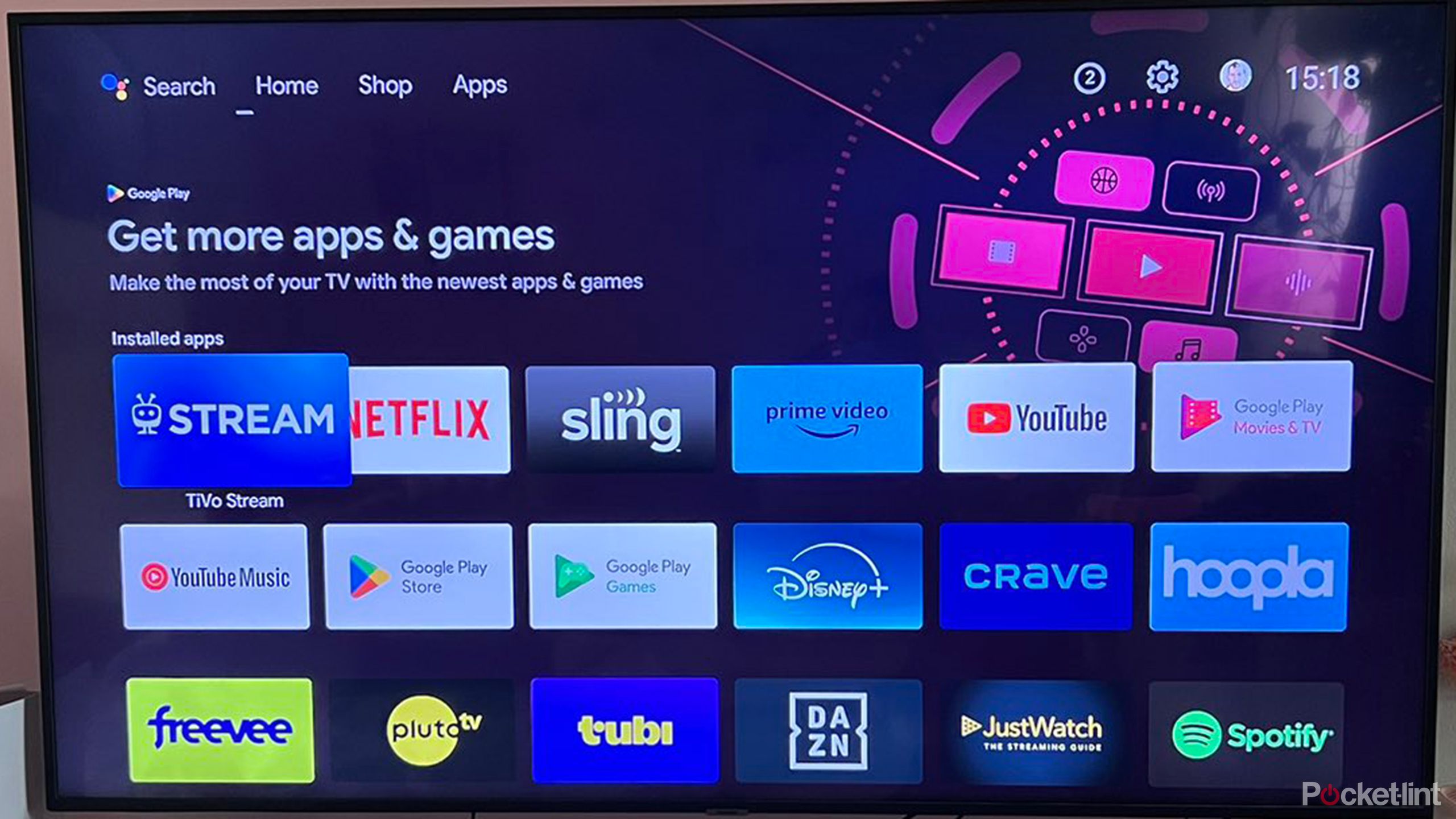
Slow smart TV? Here are 5 quick fixes
Watching a sluggish smart TV can be a frustrating experience but there are several ways you can fix this problem.
While both LG and Samsung offer similar voice-control features with most of the notable virtual assistants, LG gets the edge with its Magic Remote, offering better accessibility and improved voice controls.
LG has the edge over Samsung in a few different areas, particularly for those who enjoy specific types of film and TV, as well as online gamers. Still, the race is tight, and both companies continue to improve on their perceived deficiencies and diversify their offerings. It’s great for the consumer, but it also means it’s important to take time to look at your viewing habits and find out what company best suits your needs.
Trending Products

Cooler Master MasterBox Q300L Micro-ATX Tower with Magnetic Design Dust Filter, Transparent Acrylic Side Panel…

ASUS TUF Gaming GT301 ZAKU II Edition ATX mid-Tower Compact case with Tempered Glass Side Panel, Honeycomb Front Panel…

ASUS TUF Gaming GT501 Mid-Tower Computer Case for up to EATX Motherboards with USB 3.0 Front Panel Cases GT501/GRY/WITH…

be quiet! Pure Base 500DX Black, Mid Tower ATX case, ARGB, 3 pre-installed Pure Wings 2, BGW37, tempered glass window

ASUS ROG Strix Helios GX601 White Edition RGB Mid-Tower Computer Case for ATX/EATX Motherboards with tempered glass…


